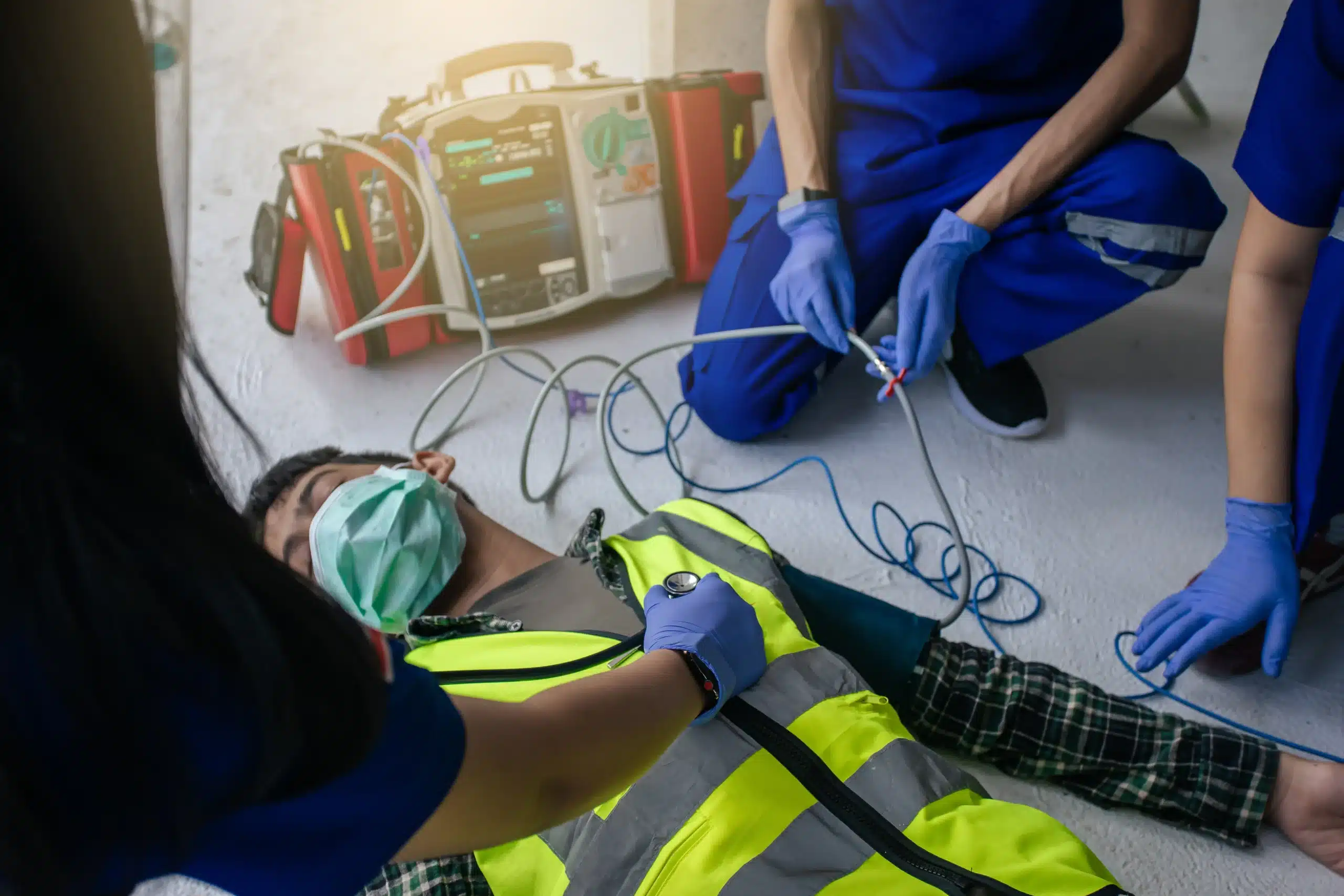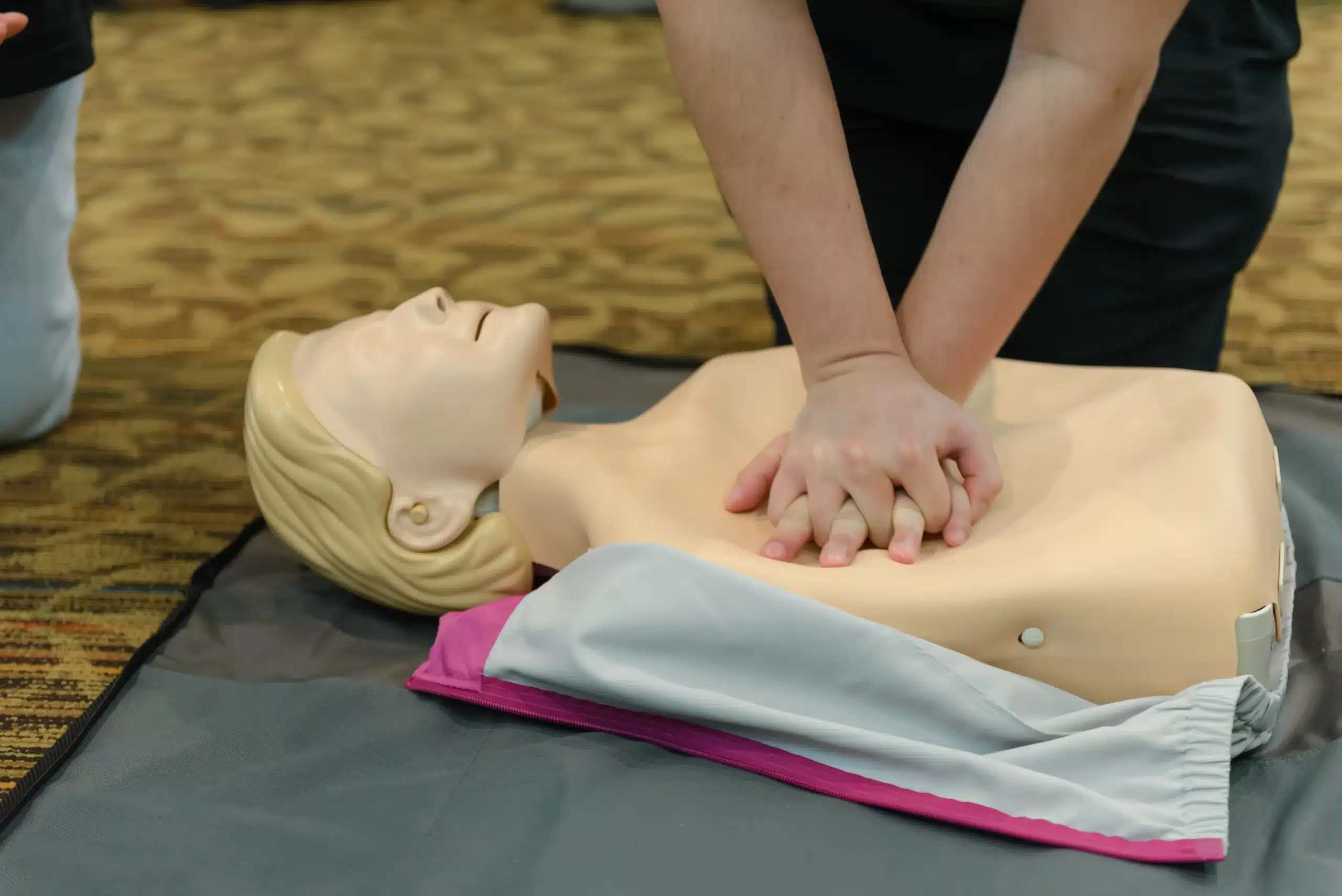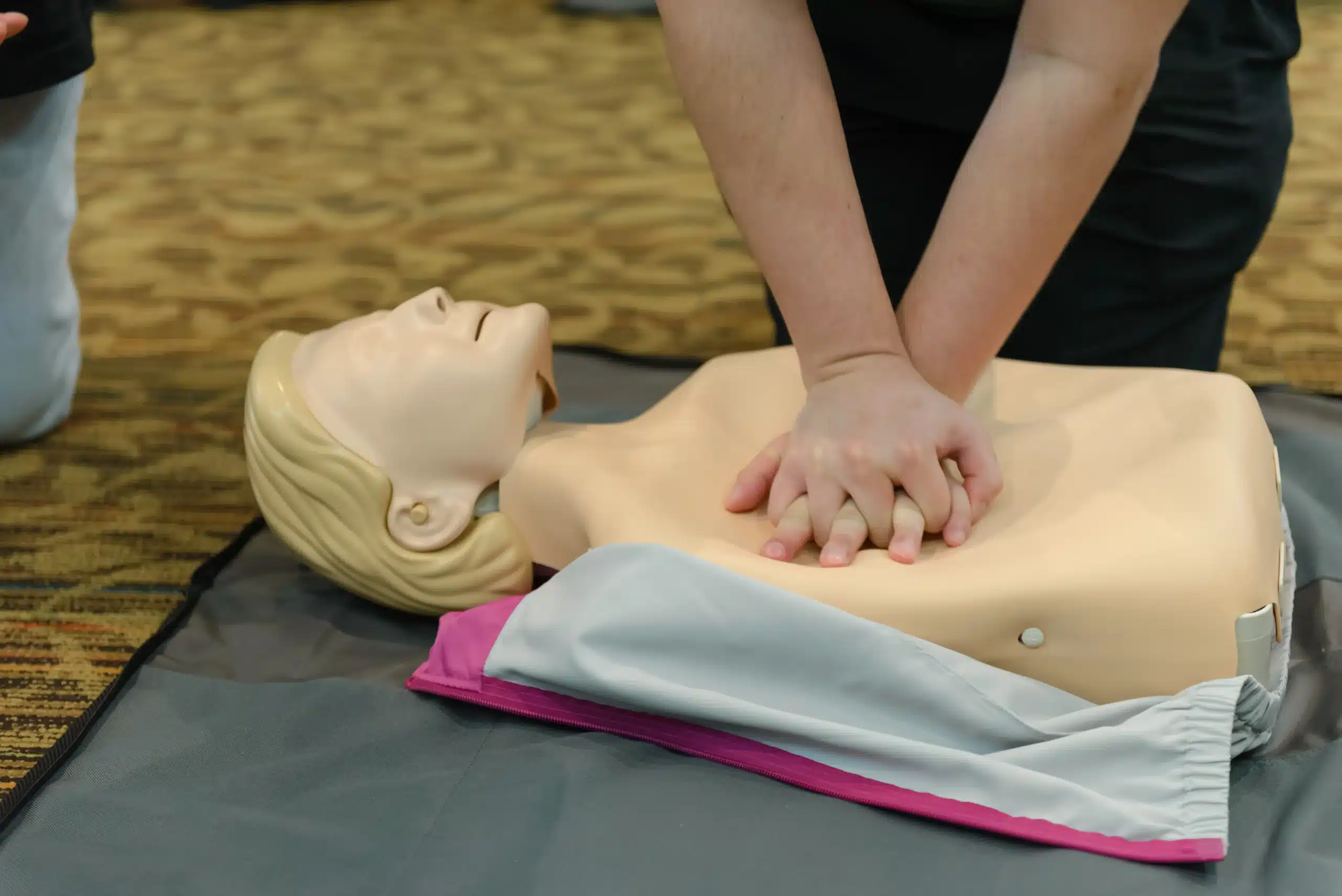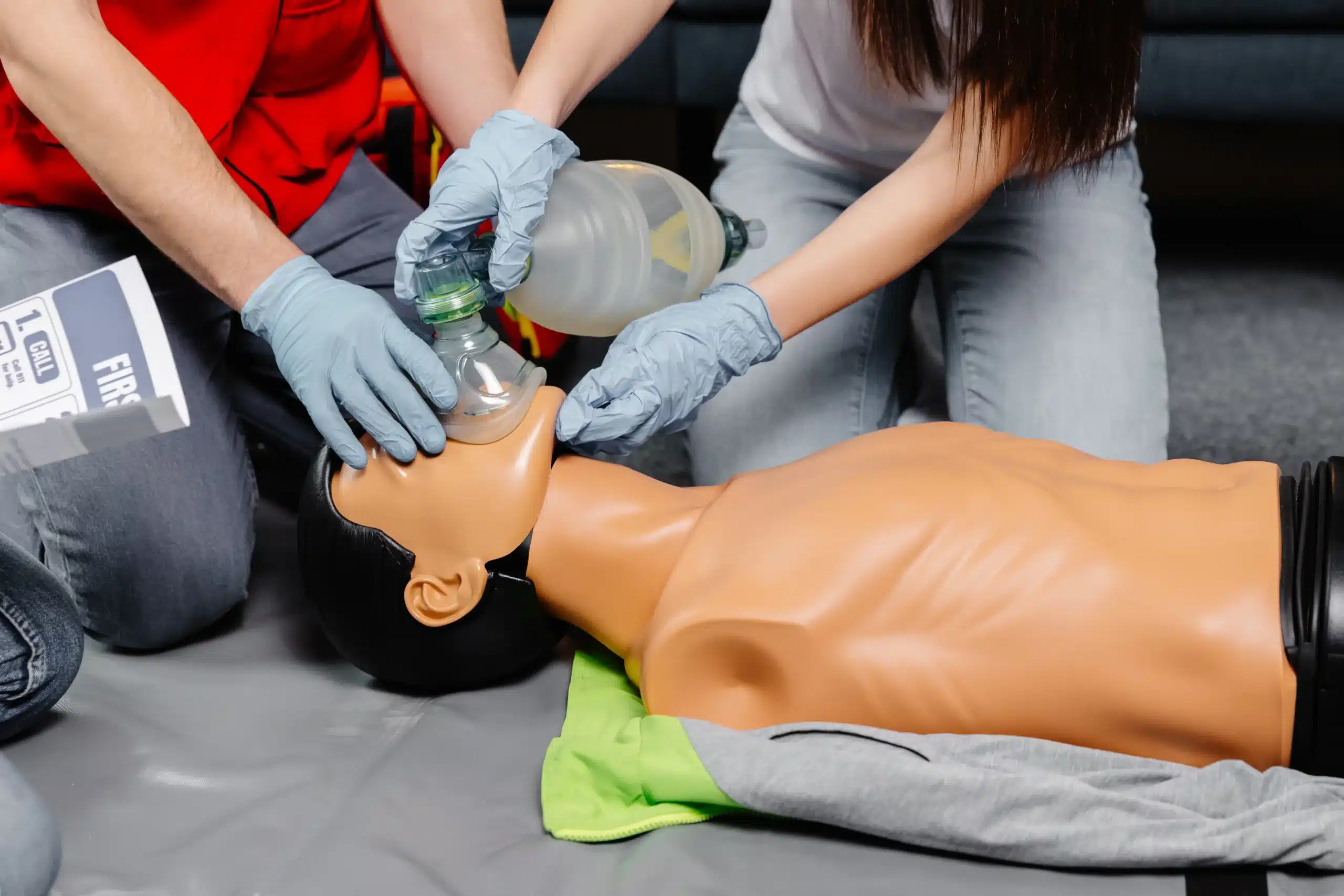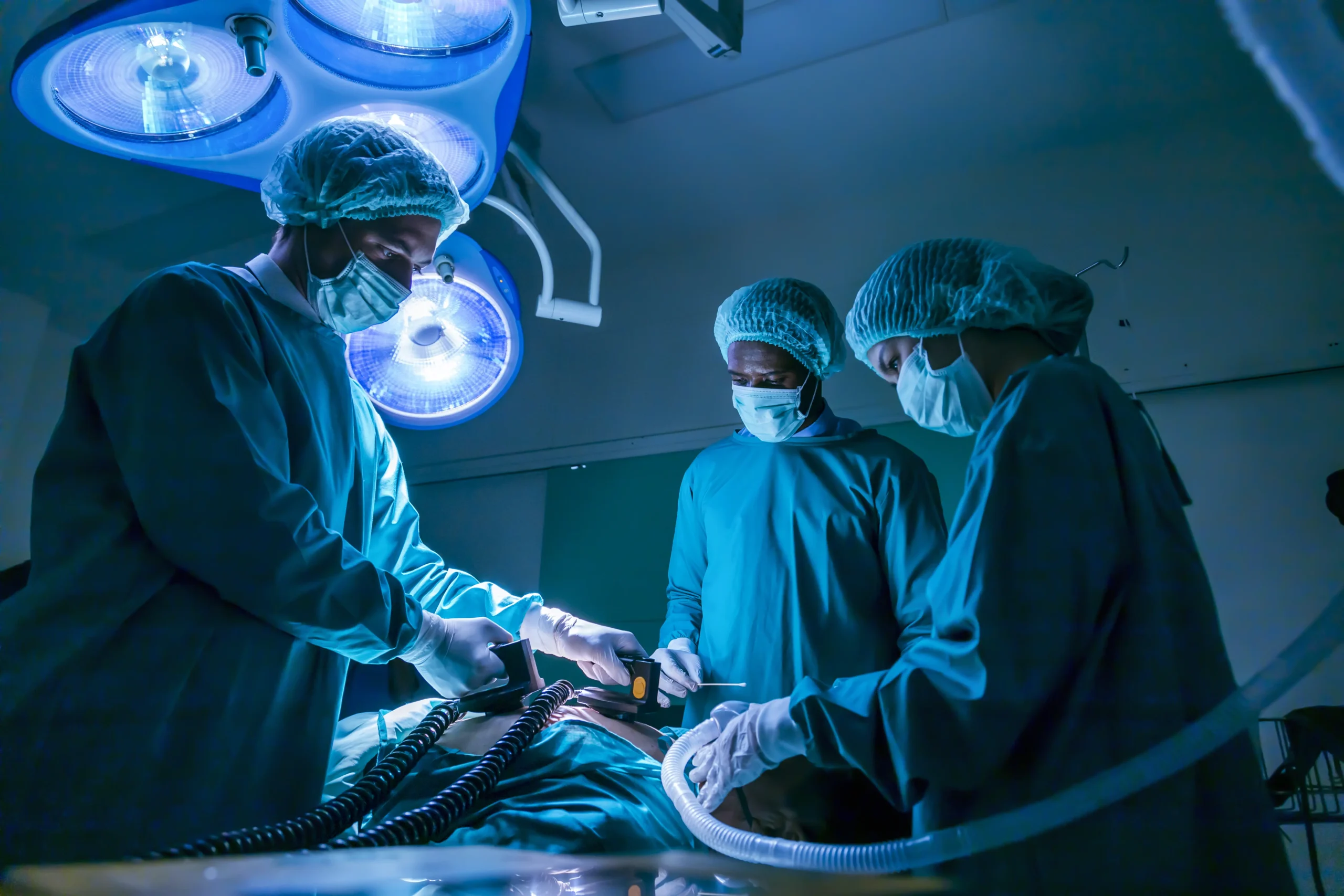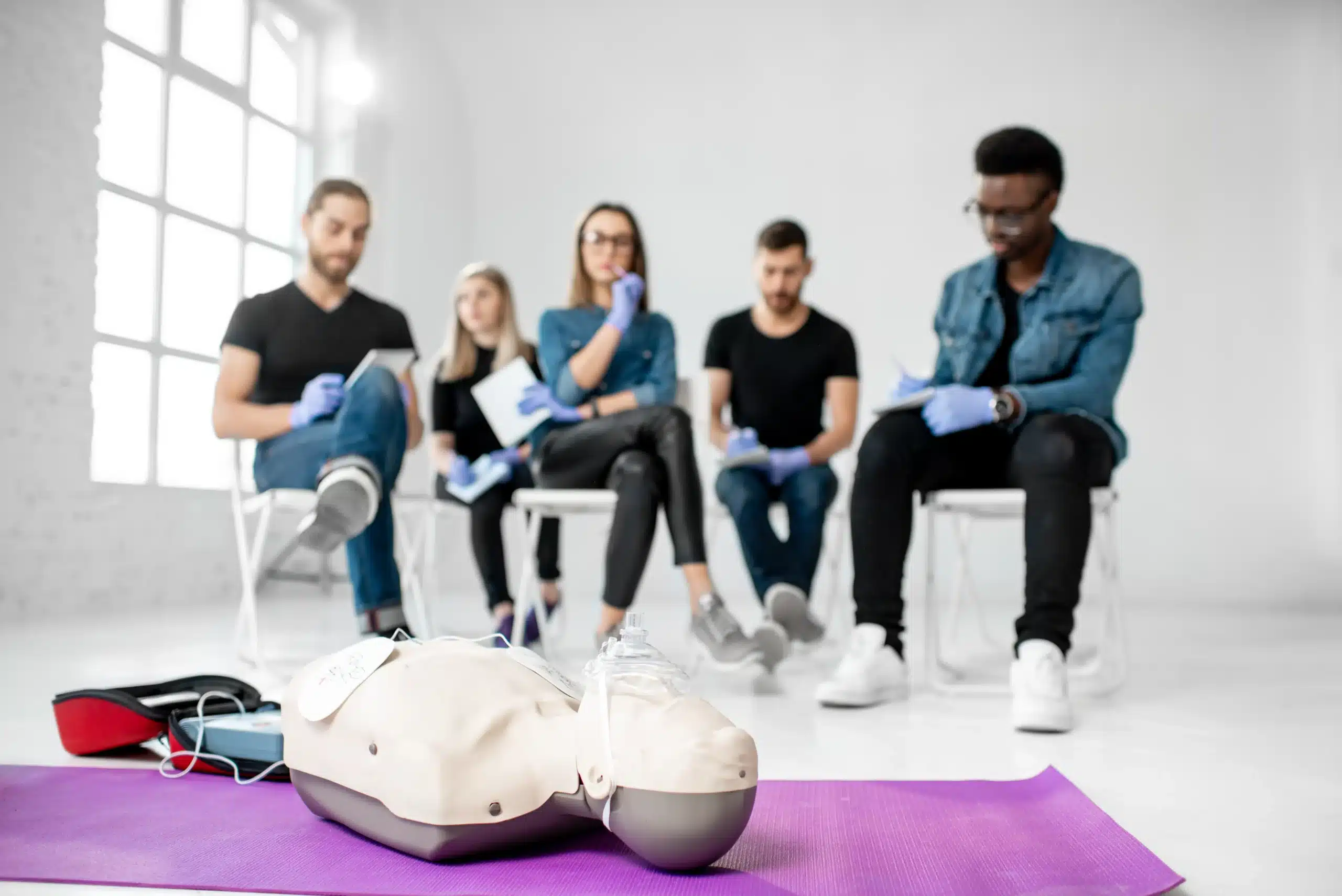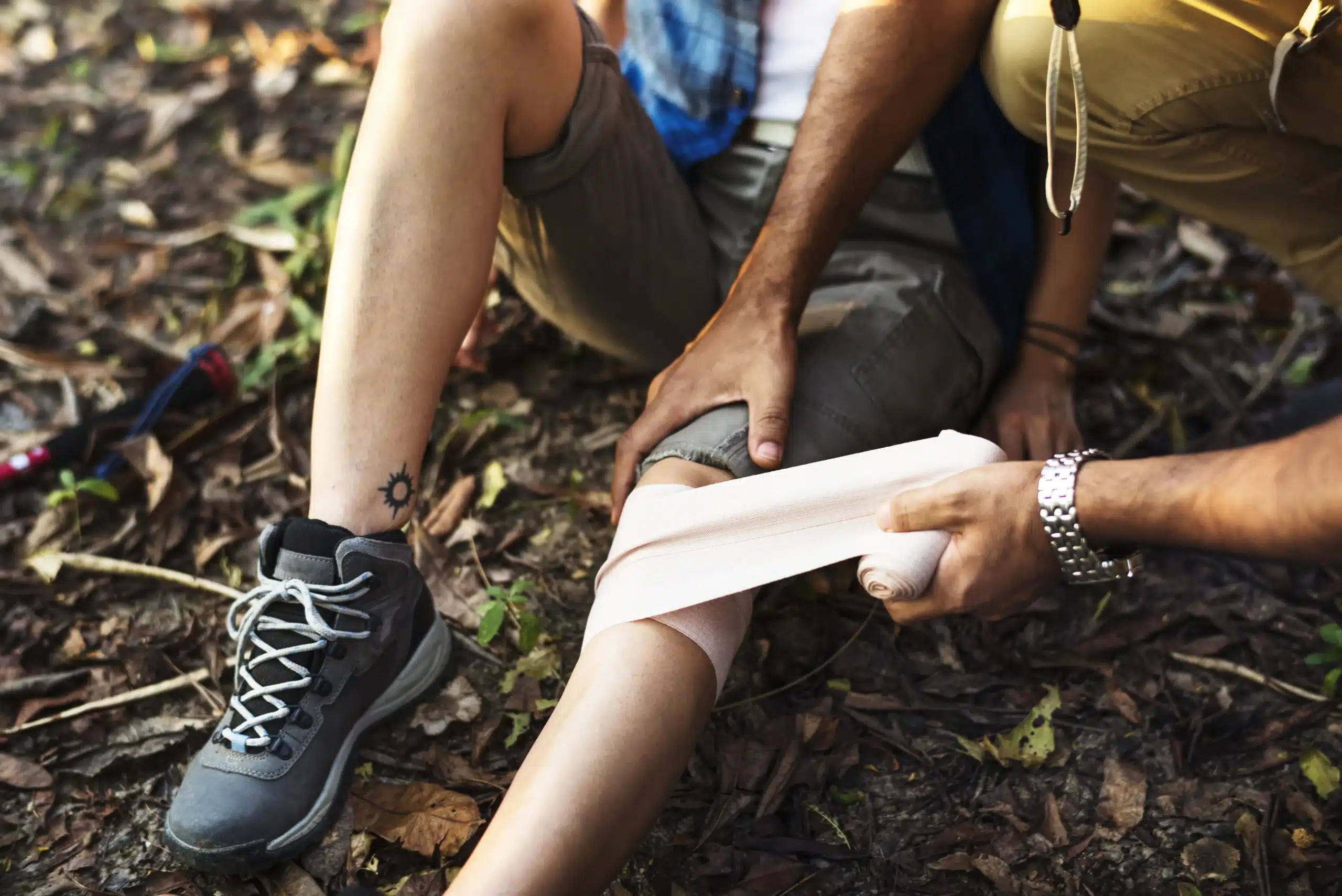Empowering yourself with life-saving skills is one of the most valuable things you can do, both for yourself and your community. CPR certification provides you with the knowledge and confidence to respond effectively during medical emergencies. If you’re searching for CPR classes in SF, this guide will provide you with a clear roadmap. We’ll explore the different levels of CPR certification, discuss reputable training providers in San Francisco, and offer practical tips for choosing the right class. We’ll also delve into what to expect during your CPR training and address common concerns about performing CPR.
Key Takeaways
- CPR knowledge saves lives: Equipping yourself with CPR skills can significantly improve survival rates for cardiac arrest victims.
- Choose the right CPR class for your needs: Whether you’re a healthcare professional or a concerned parent, select a course and certified instructor that aligns with your specific requirements and learning style.
- CPR training builds confidence: Gain the skills and assurance to respond effectively in emergencies through hands-on practice and expert guidance.
Why CPR Matters
CPR can significantly increase the chances of survival for someone experiencing cardiac arrest. Sadly, studies show that the vast majority of people who have a heart attack outside of a hospital die. Learning CPR can quite literally double or triple a person’s chance of survival. This makes it a critical skill for people of all ages. CPR empowers individuals to act quickly and effectively during emergencies. CPR training builds confidence and equips you with the skills to remain calm and assist when every second counts. CPR certification isn’t just about acquiring a skill; it’s about being prepared to make a real difference.
Find CPR Classes in San Francisco
Finding the right CPR class in San Francisco can feel overwhelming with so many options. To simplify your search, I’ve compiled a list of reputable providers offering various levels of CPR certification. Whether you’re a healthcare professional, a concerned parent, or simply want to be prepared for emergencies, there’s a course out there for you.
Safety Training Seminars
Safety Training Seminars offers a comprehensive range of American Heart Association (AHA) certified courses right here in San Francisco. You can find everything from basic CPR and First Aid to more specialized certifications like BLS, ACLS, and PALS. They’re known for their competitive pricing and commitment to quality instruction, making them a popular choice for both individuals and groups. You can explore their course calendar to find a class that fits your schedule and learn more about their RQI program and low price guarantee.
American Red Cross
The American Red Cross is another well-respected provider of CPR and First Aid training. They offer a variety of courses designed to meet different needs and experience levels. The Red Cross has a long-standing reputation for providing high-quality training backed by scientific research. Find a Red Cross CPR class in San Francisco through their website.
American Heart Association
While the American Heart Association doesn’t directly offer classes, they set the standards for CPR training. Many organizations, including Safety Training Seminars, offer AHA-certified courses. This means the curriculum and instructors meet the AHA’s rigorous guidelines, ensuring you receive top-notch training. Look for providers offering AHA-certified courses for the most up-to-date and comprehensive instruction.
San Francisco Fire Department
The San Francisco Fire Department (SFFD) recommends seeking CPR certification through established organizations like the American Red Cross and the American Heart Association. This reinforces the importance of choosing a reputable provider for your training. While the SFFD doesn’t offer classes themselves, they provide valuable resources and information on fire safety and emergency preparedness.
Revive CPR Training
Revive CPR Training offers AHA-certified CPR, BLS, and First Aid classes in San Francisco. They focus on providing hands-on, instructor-led training to ensure you gain practical skills and confidence in emergency situations. Revive CPR offers classes on weekdays and weekends, making it easier to fit training into your busy schedule.
Choose the Right CPR Class
Knowing which CPR class is right for you depends on your job and lifestyle. This guide will help you understand the different types of CPR certification available in San Francisco. Whether you’re a healthcare provider, childcare professional, or simply want to be prepared for emergencies, we’ll help you find the perfect fit.
Basic Life Support (BLS)
BLS certification is essential for healthcare professionals. It covers core skills like high-quality CPR, AED use, and teamwork during emergencies. The course emphasizes effective chest compressions, rescue breaths, and recognizing the signs of cardiac arrest. If you work in a hospital, clinic, or any medical setting, BLS certification is likely a requirement. Safety Training Seminars offers AHA-certified BLS courses in San Francisco, equipping you with the skills to respond confidently to life-threatening situations.
Advanced Cardiac Life Support (ACLS)
ACLS certification builds upon the foundation of BLS, delving into advanced interventions for cardiovascular emergencies. It’s designed for healthcare providers who manage respiratory and cardiac arrest situations, including physicians, nurses, paramedics, and respiratory therapists. Safety Training Seminars provides ACLS training that meets the rigorous standards of the American Heart Association, preparing you for complex medical emergencies.
Pediatric Advanced Life Support (PALS)
PALS certification focuses on the emergency care of infants and children. It equips healthcare providers—including doctors, nurses, and paramedics—with the skills to manage pediatric respiratory and cardiac emergencies. If you work with children in any medical capacity, PALS certification is essential. Safety Training Seminars offers PALS courses in San Francisco, ensuring you’re prepared to provide the best possible care for young patients.
Heartsaver CPR/AED
Heartsaver courses are for anyone who wants to learn CPR and how to use an AED, regardless of medical background. These courses are ideal for teachers, coaches, childcare providers, and community members who want to be prepared for emergencies. Organizations like the American Red Cross and the American Heart Association offer these courses. You can also find combined CPR/AED/First Aid training through providers like Safety Training Seminars.
First Aid Combination Courses
Combining First Aid with CPR/AED training offers a well-rounded approach to emergency preparedness. These courses teach you how to respond to various situations, from treating minor injuries to managing life-threatening conditions. Whether you need certification for your job or want to be prepared for anything, a combined course is a practical choice. Safety Training Seminars offers these combined courses in San Francisco, providing a convenient way to gain multiple certifications at once.
Get CPR Certified: What to Expect
So you’ve decided to get CPR certified—fantastic! Here’s what you can expect during your training.
Class Duration and Format
CPR classes typically last a few hours, depending on the certification level. Safety Training Seminars offers various American Heart Association-certified courses in San Francisco, from basic CPR to advanced life support. Expect a mix of instruction, demonstrations, and hands-on practice.
Learn Essential Skills
CPR certification gives you the skills to respond effectively in emergencies. You’ll learn CPR, injury management, and how to use equipment like AEDs. These practical skills can truly make a difference. AHA training focuses on building confidence and maintaining calm in stressful situations.
Practice Hands-On
A significant part of your class involves practicing your new skills. Group CPR training offers a supportive environment to learn and practice with others. Don’t hesitate to ask questions—your instructor is there to guide you.
Get Certified
After successfully completing the course, you’ll receive your CPR certification. Organizations like the American Red Cross also provide CPR and first aid classes, often reviewed by scientific advisory councils. This certification is usually valid for two years, after which you’ll need recertification.
Costs and Discounts
CPR certification involves a fee, but think of it as investing in a life-saving skill. Many organizations offer discounts or payment plans. Check with your chosen provider for pricing details and options.
Pick Your Perfect CPR Class
Choosing the right CPR class can feel a little overwhelming with so many options. Don’t worry, it’s easier than you think! Here’s a breakdown to help you find the perfect fit:
Assess Your Needs
First, think about why you need CPR certification. Are you a healthcare provider needing to renew your ACLS certification? Or are you a parent wanting to learn basic CPR for infants and children? Perhaps your workplace requires First Aid training in addition to CPR. Identifying your specific needs will narrow down your options. Check with your employer or regulatory body for guidance if you’re unsure.
Compare Providers & Schedules
Once you know what you need, start comparing CPR class providers. Look at what each training center offers. Safety Training Seminars, for example, offers a wide range of AHA courses, including BLS, ACLS, PALS, and First Aid. They have numerous locations across Northern California, making it easier to find a class that fits your schedule. Consider factors like class location, schedule flexibility (weekday/weekend, daytime/evening), and class size. Smaller classes often allow for more personalized instruction.
Evaluate Instructors
The instructor’s experience and teaching style significantly impact your learning. Look for certified instructors with extensive experience, ideally in real-world emergency situations. Safety Training Seminars is a woman-owned AHA Training Center known for its high-quality instruction. Reading reviews can offer insights into past students’ experiences with specific instructors.
Check Reviews
Speaking of reviews, don’t underestimate their value! Real student feedback can give you a sense of the quality of instruction, the learning environment, and the overall experience. Check online review platforms like Birdeye, Google Reviews, and Yelp to see what others are saying. Safety Training Seminars boasts a 4.9-star rating with over 2,000 reviews, reflecting their commitment to student satisfaction.
Address Concerns
Finally, address any concerns or hesitations you might have. Are you worried about performing CPR correctly? Many people have misconceptions about CPR. For example, some hesitate to perform CPR due to fear of causing harm. However, compression-only CPR is now the preferred method, making it even easier to help in an emergency. Learn more about common CPR myths to feel more confident in your ability to save a life. Don’t let these myths hold you back from learning this essential skill.
Related Articles
- CPR Classes in San Francisco: A Complete Guide – San Francisco CPR Classes
- Why CPR is Crucial in Healthcare
- CPR Training in San Francisco: A Complete Guide – San Francisco CPR Classes
- Low-Cost CPR Training in Northern California: A Guide – San Francisco CPR Classes
- CPR Certification in San Francisco: Your Guide – San Francisco CPR Classes
Frequently Asked Questions
What is the difference between BLS and CPR? CPR is the core skill within BLS (Basic Life Support). BLS encompasses CPR but also includes other skills like using an AED and providing rescue breaths. Think of BLS as a broader approach to life support, with CPR as one of its key components. BLS certification is typically required for healthcare providers and those in medical settings.
How do I choose the right CPR class for me? Consider your specific needs and goals. If you’re a healthcare professional, you’ll likely need BLS, ACLS, or PALS certification. If you’re a parent, teacher, or community member, a Heartsaver CPR/AED or First Aid/CPR/AED combination course might be more suitable. Think about your schedule and preferred learning environment, too. Some providers offer weekend or evening classes, while others offer smaller class sizes for more personalized attention.
How long does CPR certification last, and how do I renew it? CPR certification is typically valid for two years. You’ll need to take a recertification course before your current certification expires to maintain your skills and credentials. Check with your certifying organization or training provider for specific renewal requirements and available courses.
What if I’m nervous about performing CPR in a real emergency? It’s completely normal to feel nervous about using CPR in a real-life situation. That’s why hands-on practice during training is so important. Many courses emphasize building confidence and managing stress in emergencies. Remember, even compression-only CPR can significantly improve someone’s chances of survival. Focus on the fact that you’re learning a valuable skill that could save a life.
Where can I find more information about CPR training and certification in San Francisco? Several reputable organizations offer CPR training in San Francisco. Safety Training Seminars provides a range of AHA-certified courses, while the American Red Cross is another excellent resource. You can also find information on the American Heart Association website, although they don’t directly offer classes. The San Francisco Fire Department recommends seeking certification through established organizations like these.


